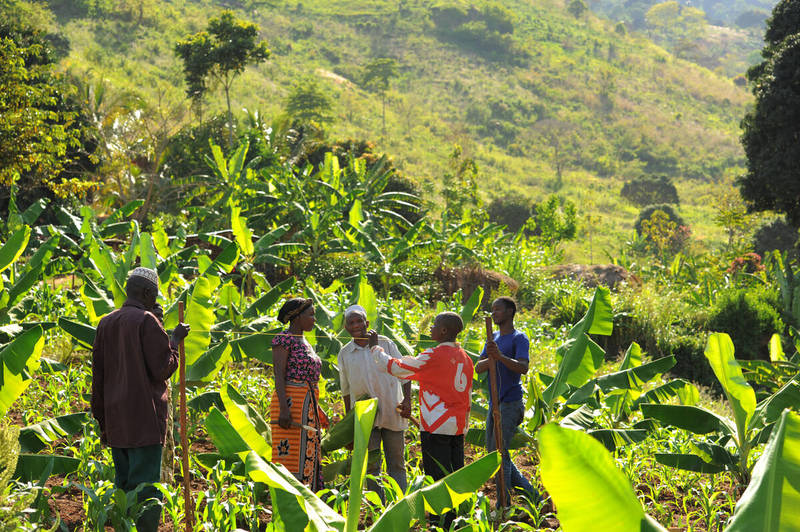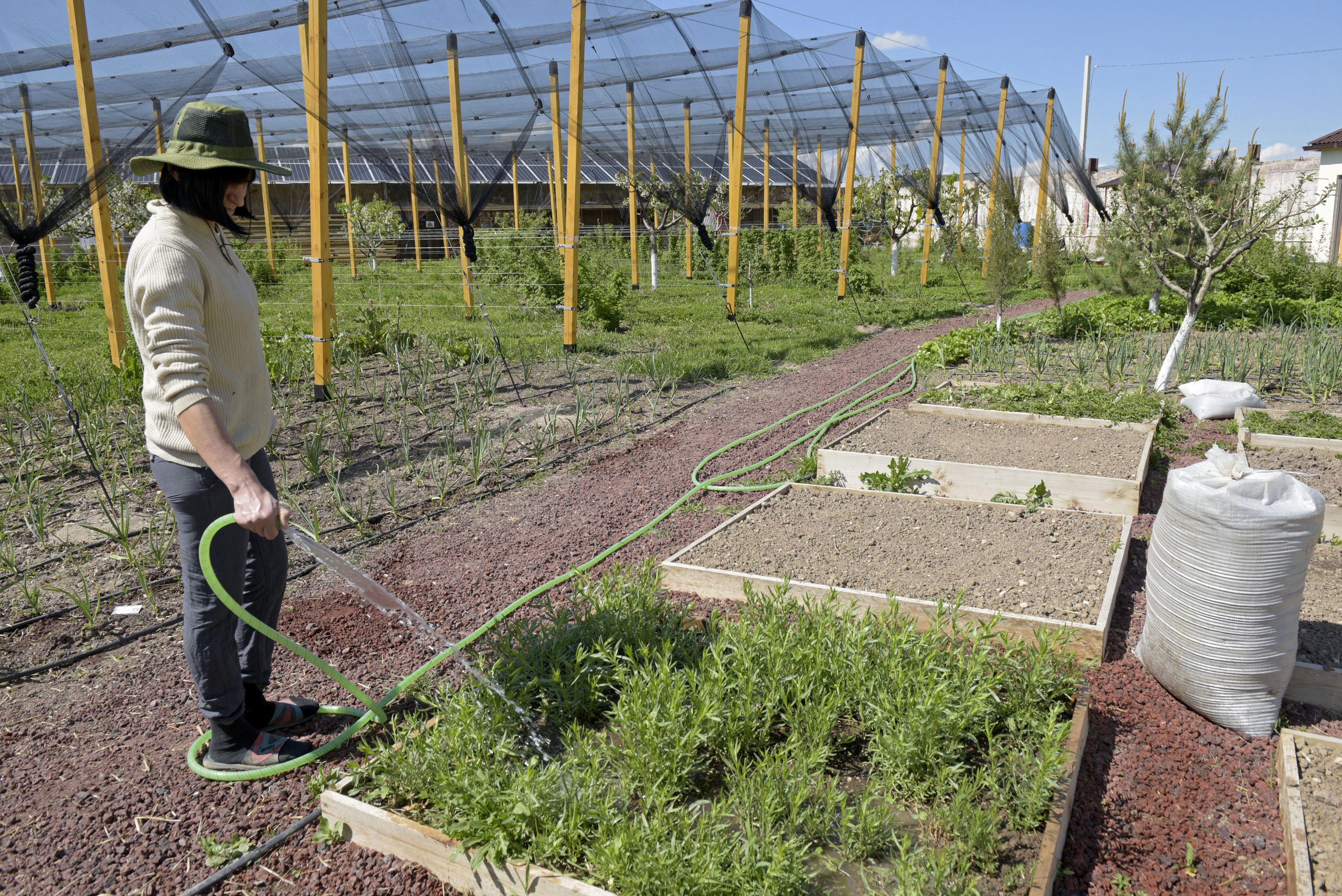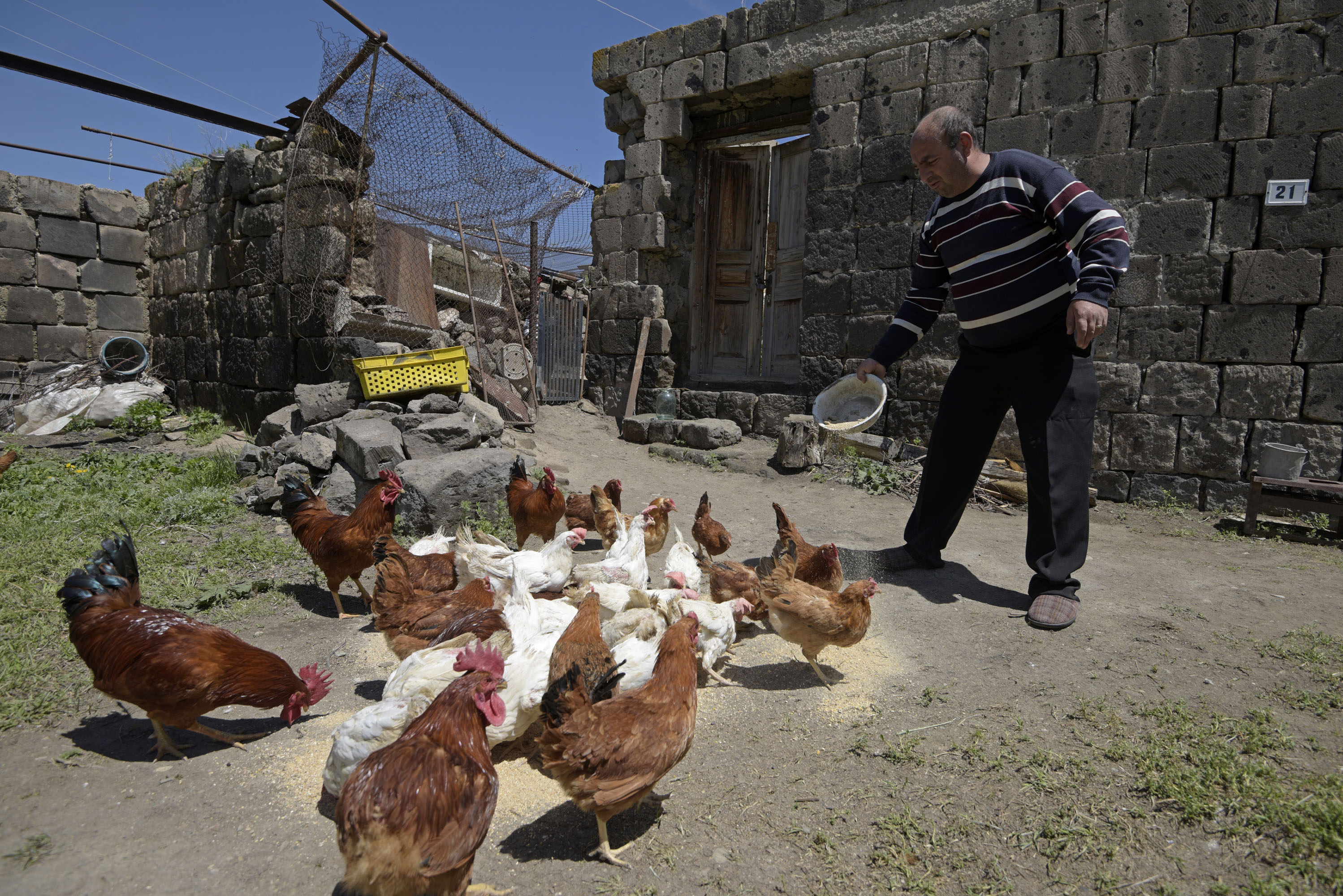Dive into these FAO publications about extending social protection to rural populations
.png?sfvrsn=17fe957b_4)
As summer unfolds in the Northern Hemisphere, it is a perfect time for many of us to catch up on reading material.
FAO’s commitment to social protection is an entry point in fostering inclusive and gender-responsive rural agrifood transformation, ensuring that no one is left behind. Research and knowledge dissemination are crucial in achieving this goal.
Explore these FAO publications focused on expanding access to social protection for rural populations and stay informed on critical issues.
For the latest releases, sign up for FAO’s newsletter on social protection.
Happy reading!
1. Sustaining peace - Social protection as a pathway to sustaining peace
This paper recognizes that social protection has contributed to development outcomes over the past decades and has proved effective in addressing covariate shocks. There has instead been limited research regarding social protection’s contributions to peace. In order to start addressing this gap, this paper discusses how social protection can sustain peace efforts by understanding peace not as an outcome but, rather, as an ongoing process. The paper calls for social protection strategies and programmes to be conflict-sensitive to make explicit contributions to peace.
Tip: Take a moment to watch this short video and share it within your networks!
2. Climate action - The role of social protection in facilitating climate change adaptation and mitigation for economic inclusion among rural populations
This paper reviews the available evidence on the role of social protection programmes in facilitating climate change adaptation and mitigation, with a specific emphasis on economic inclusion for agriculture-dependent households. The review also presents available evidence on the ability of social protection programmes to contribute to mitigation targets through reduction in greenhouse gas emissions and in easing the impact of climate mitigation policies on price inflation, job losses and income insecurity. The review underscores the importance of a systems approach. Both climate policies and social protection policies should incorporate specific elements to effectively complement each other.
Tip: Enrol in this free and online course and read this opinion article!

3. Forestry - Strengthening coherence between forestry and social protection for sustainable agrifood systems transformation
This framework can assist governments, development organizations and civil society organizations (CSOs) in attaining coherence between social protection and forest policies to improve the well-being of forest-dependent people. It guides the provision of knowledge and evidence on the vulnerabilities of forest-dependent people and analyses gaps in the provision of social protection to forest-dependent people; frames the rationale for promoting the coherence between forestry and social protection; and identifies the enabling environment and options to coherently design and implement forestry and social protection at the programme and operational.
Tip: Check out this web page for country studies and tools on social protection and forestry.
4. Nutrition- Enhancing diets and resilience-Results from a rapid assessment and microsimulation study of a Cash+ pilot project in Armenia
This report presents the results of a mixed-method rapid assessment that provides both indicative quantitative information and in-depth qualitative analysis on the household-level impacts of the Cash+ pilot. The Cash+ approach has been developed to reap the benefits of integrating cash transfers with productive support interventions and skills training. The approach brings together key sectors, such as social protection, agriculture and nutrition, in an effort to address the key determinants of poverty and some underlying causes of malnutrition. In 2019, FAO piloted such an integrated approach by implementing a Cash+ project in Lori and Shirak regions in Armenia. The aim of this study is to evaluate the impacts of the pilot on beneficiaries, in particular on their diets, agricultural activities, income generation and poverty reduction and its potential for poverty reduction through a scale up of similar support.
Tip: Read this story featuring the impact on the life of an Armenian family and enrol in this free course.


5. Resilience- Anticipatory action and social protection to protect agricultural livelihoods
As the quality of climate risk information and scientific forecasting has continued to improve, the imperative to act in advance of an imminent shock in order to protect people, assets and livelihoods has also gained notable attention and increasing investment. Recognizing this opportunity, some governments, and development and humanitarian partners are trying to gain a better understanding of the potential of social protection to deliver support ahead of a forecasted shock, including exploring options to systematically integrate anticipatory action approaches within existing national social protection systems. Tthis document discusses the conceptual and practical linkages between these two topics alongside presenting four country case studies.
Tip: Watch this short video and share it within your networks!
